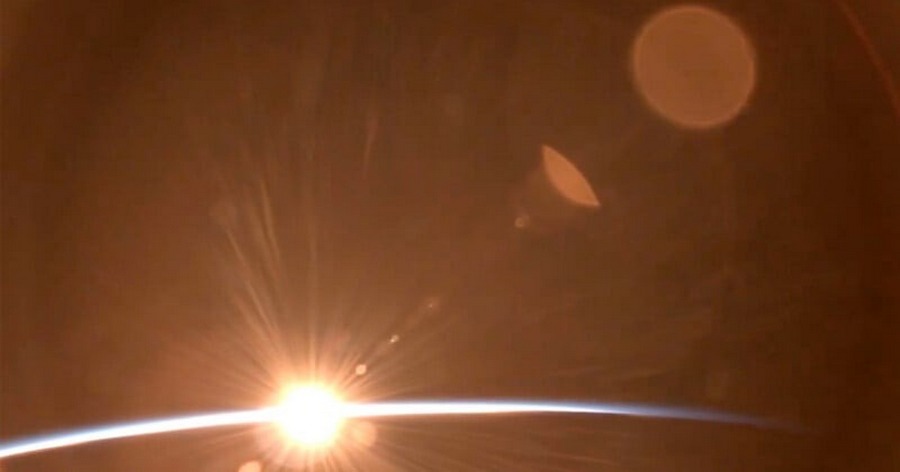The SpaceX spacecraft observed a magnificent orbital sunrise as it deployed Starlink satellites in low Earth orbit. The impressive video was made on May 6, when the Falcon 9 rocket, launched from the Kennedy Space Center, put 23 Starlink satellites into low Earth orbit, which joined a fleet of almost 6,000 satellites orbiting the planet.
View of yesterday’s @Starlink deploy during an orbital sunrise pic.twitter.com/DQRfPp0DEG
— SpaceX (@SpaceX) May 7, 2024
The orbital sunrise can only be seen from space. It occurs when the Sun peeks over the horizon of the Earth. Astronauts aboard the International Space Station can see 16 orbital sunrises in 24 hours as they fly around the Earth at a speed of 28 thousand km/h.
This was the 15th flight of the first stage of the Falcon 9 launch vehicle. It previously launched CRS-24, Eutelsat Hotbird 13F, OneWeb 1, SES-18 and SES-19. Now it has successfully completed 11 Starlink missions. It was also the 31st Starlink mission in 2024, with between 20 and 23 satellites deployed during most flights.

In the future, SpaceX plans to launch 42,000 Starlink satellites. The main purpose of the service is to connect to the Internet in remote parts of the world. Satellite Internet also helps the Armed Forces of Ukraine to resist Russian aggression, and also provides services in those parts of Ukraine where mobile communications do not work due to the infrastructure destroyed by the enemy.
However, the increase in satellites in low-Earth orbit is already causing concern among astronomers, who accuse the space company of interfering with their observations of space. The journal Nature Astronomy has found an increase in the number of distorted images by passing satellites. Especially often, images of space distort Starlink. NASA is forced to remove satellite bands during post-processing, which can block distant galaxies that scientists try to study. However, the space agency says that so far this is not a big problem.
Earlier, we reported on how Starlink satellites would lose altitude.
According to petapixel.com
Follow us on Twitter to get the most interesting space news in time
https://twitter.com/ust_magazine


